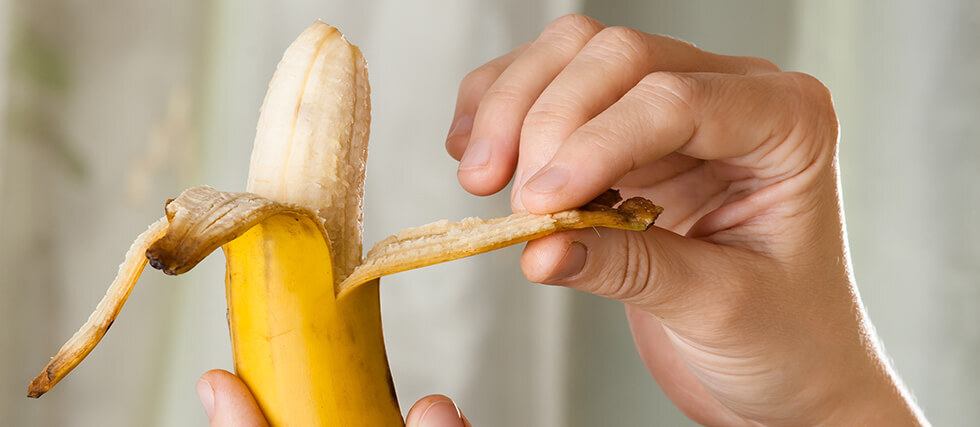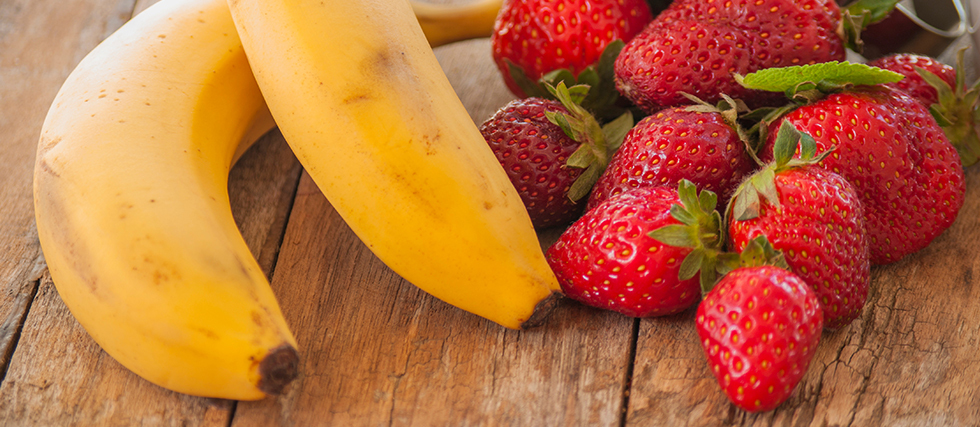Can You Eat Banana Peels? Here’s What You Should Know
Yes, you can eat banana peels – and in many parts of the world, people already do. While it might sound strange if you’re used to tossing the peel in the trash, banana skins are actually rich in nutrients and offer surprising health benefits.
Banana peels are packed with fiber, antioxidants, and essential minerals like potassium and magnesium. They also contain lutein, which supports eye health, and tryptophan, which may boost mood and sleep quality. The peel holds a lot of the fruit’s nutritional punch—often more than the inside.
But here’s the catch: the texture is tough, and the taste can be bitter. That’s why most people don’t bite right in. Instead, the key is preparation.
How to Eat Banana Peels:
- Boil or sauté them: Cooking softens the skin and mellows the bitterness. You can slice and sauté them into stir-fries or curry dishes.
- Blend them: Toss pieces of ripe banana peel into a smoothie with sweet fruits to mask the flavor while keeping the fiber.
- Bake into recipes: You can use banana peel as an ingredient in banana bread or muffins—just blend it into the batter.
A few cautions:
- Always wash banana peels thoroughly to remove pesticides and waxes, especially if they’re not organic.
- Choose ripe bananas—the peels are softer, sweeter, and easier to digest than green ones.
If you’re into reducing waste, upping your fiber, and exploring new superfoods, banana peels are worth a second look. They’re edible, versatile, and—bonus—they cost nothing extra. Just think twice before tossing that peel. Your blender, stir-fry, or compost pile might welcome it.




